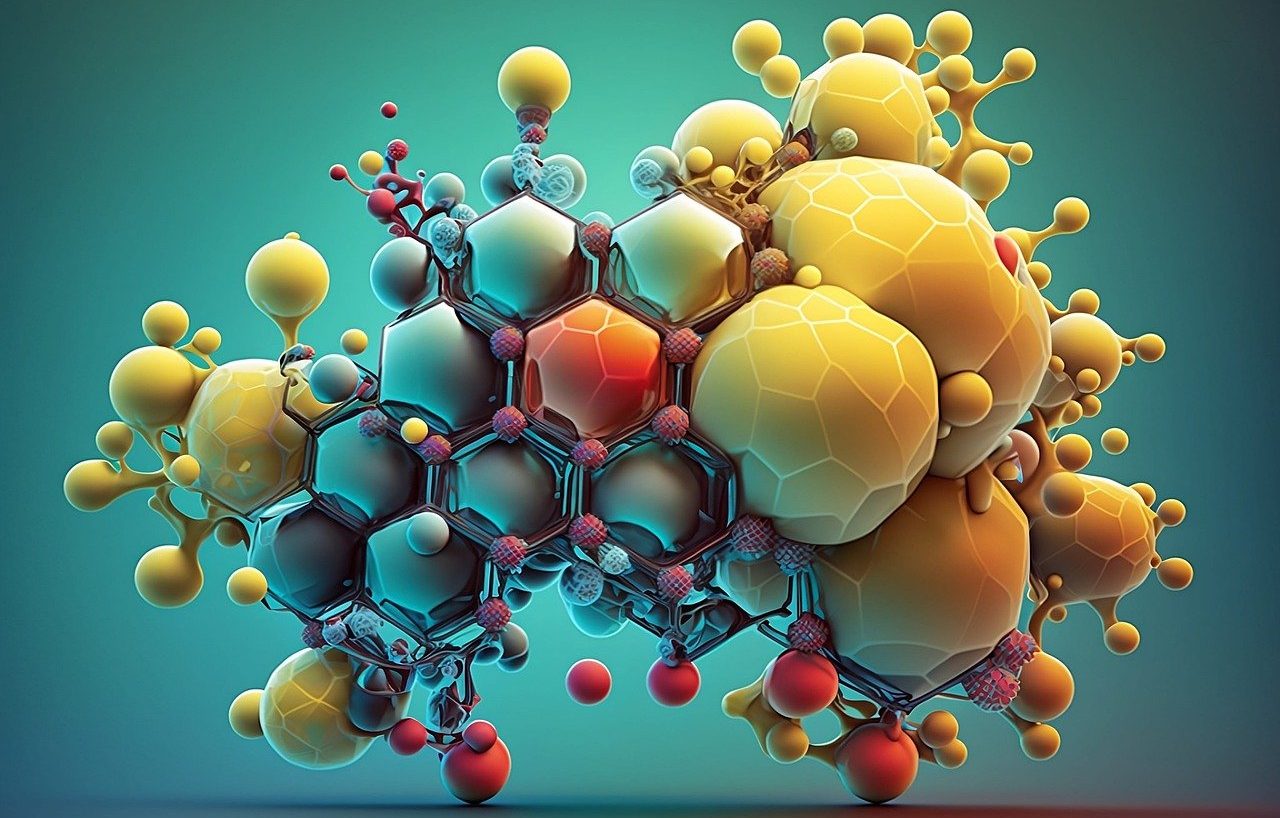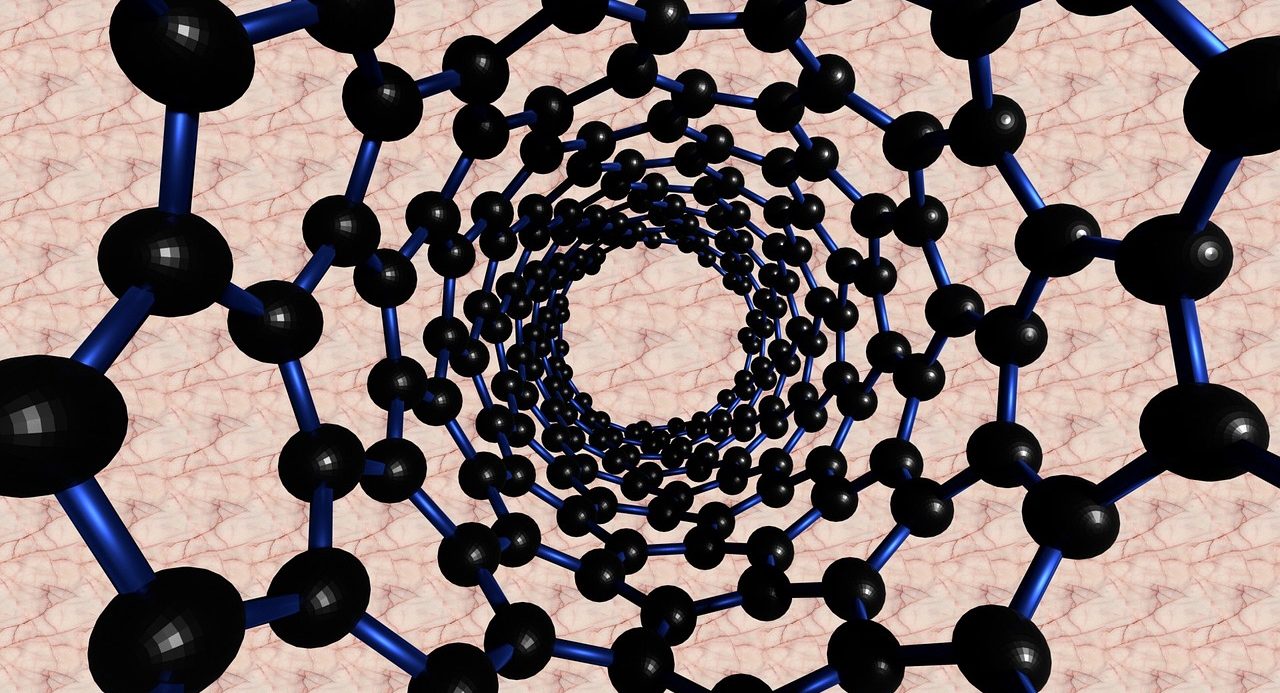
Nanoparticles have a wide range of scope: they have biomedical applications, in the cosmetics industry, in the field of agriculture, etc.
Nanoparticle is the name given to each particle whose dimensions are less than one hundred nanometers . This microscopic resource is of scientific interest given the enormous and diverse field of application that these very valuable small particles have, for example, in the field of medicine .
Although they enjoy great notoriety today and the advancement of technology allows us to distinguish and make the most of the benefits of nanoparticles , their history dates back to ancient times. It is said that, already during the 9th century , there were artisans who, in the region of Mesopotamia , used both the copper nanoparticle and the silver nanoparticle in order to give a shiny appearance to the pieces made of ceramics.
It is also interesting to mention that nanoscience (a discipline that studies biological, physical or chemical phenomena that develop on a nanometric scale ) began to develop from observations, research and discoveries made by the British-born scientist Michael Faraday .
Types of nanoparticles
Over the last few decades, multiple types of nanomaterials have been identified, whose nanoparticles are included in specific categories based on their properties, their modes of creation and their conformation, among other variables.
It is possible to differentiate, broadly speaking, between metal-based nanoparticles (such as quantum dots and gold nanoparticles ), carbon-based nanoparticles (recognizable by their tubular, spherical or ellipsoidal appearance, among other features) and dendrimers (a variety of three-dimensional polymer that gives a unique stamp to the field of nanomaterials ).
The list of options even includes the nanoshell or nanolayer , the organic nanoparticle , the polymeric nanoparticle , the mesoporous nanoparticle and the hybrid nanoparticle , to add references.
Among the nanoparticles that have been formulated to date, those with biodegradable roots also stand out. In this regard, it is enriching to indicate that there are already biodegradable products made from silver nanoparticles that are valued in procedures linked to food preservation thanks to their antimicrobial power.

Nanotechnology works with artifacts, elements and materials on a nanometric scale in pursuit of advances in the fields of electronics and the aerospace industry, for example.
Properties
Each nanoparticle is analyzed in order to determine its characteristics and evaluate its potential for different fields of application.
The optical properties of these small particles frequently come to light and, among other distinctive features, they have a notable tolerance to strong external stresses. They can also add strength as reinforcement in the case of clay nanoparticles complementing a polymer matrix. They have distinguished themselves by adding precision and thermal properties that make nanofluids based on metallic nanoparticles suitable resources for the solar thermal sector .
Quantum confinement (which can occur in one or more dimensions) is responsible, meanwhile, for electrical, electronic, magnetic, optical and electromagnetic properties .
Finally, it should be noted that certain types of nanoparticles even show antioxidant properties .

Carbon nanotubes are tubes made from carbon atoms whose diameter is measured in nanometers.
Recent developments and applications of nanoparticles
The constant commitment of many scientists to research and find new and better benefits when using nanoparticles generates, with some frequency, official announcements regarding new developments and brand-new applications of this type of particles .
Treatments against different types of cancer, in particular, are revolutionizing since tests have been carried out and some practices based on nanoparticles have been approved. With them, the hope of patients who suffer from an advanced degree of tumor and did not have favorable results with the therapies recommended to them is nourished. It has been determined that the use of nanoparticles is effective for the administration of a focused and intelligent treatment aimed at the reduction and control of tumors .
On the other hand, a method based on focal photothermal ablation that is directed by nanoparticles is being positioned as an effective alternative to eradicate cancer cells in the bodies of men diagnosed with localized prostate cancer . Nor should we overlook nanotherapy that can save the lives of people with cardiovascular problems since a technique was developed that, thanks to nanoparticles , dissolves the plaque that clogs the arteries and reduces inflammation, thus minimizing the chances of suffering a stroke. heart attack
The fight against obesity and the prevention of microbial contamination are other issues that find a promising path with nanoparticles that, as well as providing a large number of advantages , can have a negative impact on embryonic development , according to what can be seen. of a scientific report.
There is still much to discover and learn in relation to nanoparticles , but as there are indications of possible consequences and damage with the possibility of harming the environment or living beings, studies and precautionary measures are being deepened. In this context, researchers have focused their attention on the uses and effects of the carbon nanotube and the safety of nanoparticles in cosmetics , for example.
